Rare Sikh Hukumnamas Compiled in New Book, Offering Unseen Insights into Sikh History
A remarkable collection of rare pictorial hukumnamas (edicts) and messages, many written or issued by the Sikh Gurus, has now been brought into the public domain. These historical documents, written in medieval Gurmukhi prose, have been compiled by Prof Balwant Singh Dhillon (retd), the founding director of the Centre for Sri Guru Granth Sahib Studies at Guru Nanak Dev University (GNDU), in a newly released book titled Hukumnamae: Sikh Itihaas De Samkaali Dastavez.
Spanning 480 pages, the book features 144 images, including 56 original hukumnamas attributed to or issued on behalf of Guru Gobind Singh, and 31 significant historical documents from figures like Banda Singh Bahadur, Mata Sundri, Mata Sahib Devan, and various Sikh Takhts. The compilation is the result of decades of dedicated research and fieldwork.
Prof Dhillon began this journey in 1978 as a research student at GNDU, working on a pilot project on Sikh history. That early project sparked a lifelong interest in Sikh manuscripts. To access and verify the rare documents, he visited numerous Sikh museums and contacted descendants of families historically linked with the Sikh Gurus, unearthing hukumnamas previously unknown to scholars.
Among the significant finds are two hukumnamas dated February 28 and March 12, 1699, which served as early invitations from Guru Gobind Singh to the Sikh community to gather for the Khalsa Sajna Divas on Baisakhi, urging followers to take part in the pahul (amrit sanchar) ceremony and embrace the Khalsa identity.
“These documents are authentic and historically invaluable. They were personally authored, dictated, or endorsed by the Sikh Gurus, providing living testimony to the dynamic growth of the Sikh Panth both within and beyond Punjab,” Prof Dhillon explained.
One of the striking features of the original texts is their writing style. The hukumnamas contain no spacing between words or punctuation marks, making interpretation a complex task. The language blends pre-modern vocabulary with Persian and indigenous terms, posing further challenges for modern scholars.
Prof Dhillon also expressed concern over the fate of many original hukumnamas, which were once preserved in the Sikh Reference Library at the Golden Temple in Amritsar. “Sadly, many of these priceless documents disappeared under mysterious circumstances. It remains unclear whether they were destroyed in the fire during Operation Blue Star in June 1984 or taken by the Indian Army,” he said.
This book not only revives forgotten chapters of Sikh heritage but also offers a critical scholarly resource for understanding the evolution and spread of the Sikh faith through primary historical records.

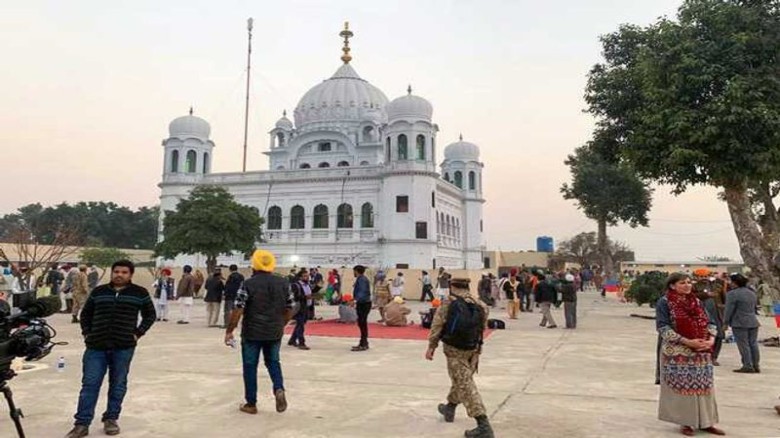


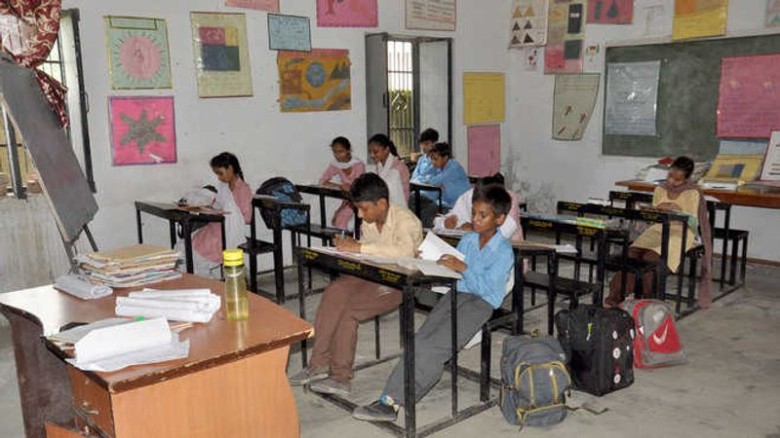

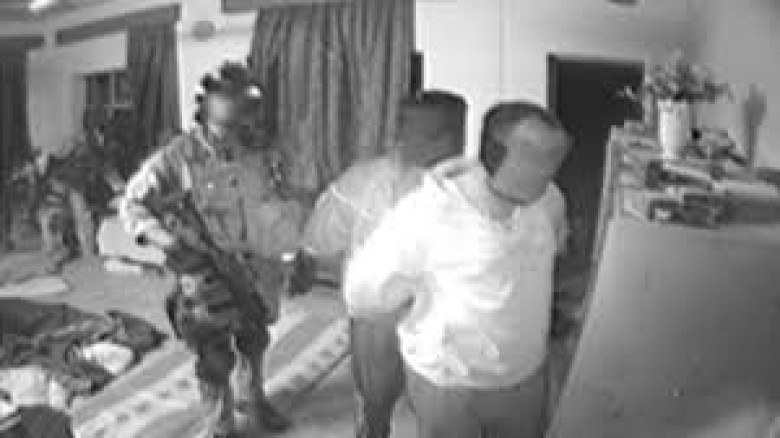





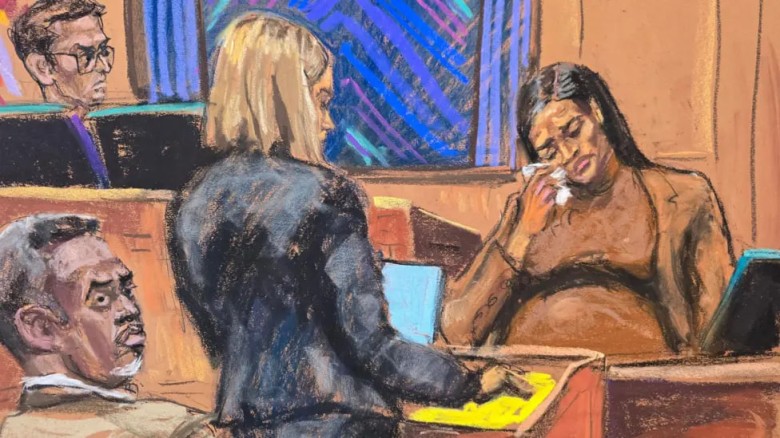
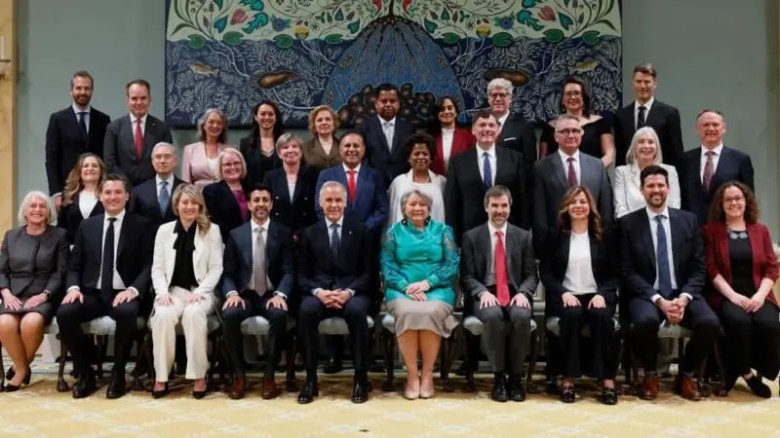


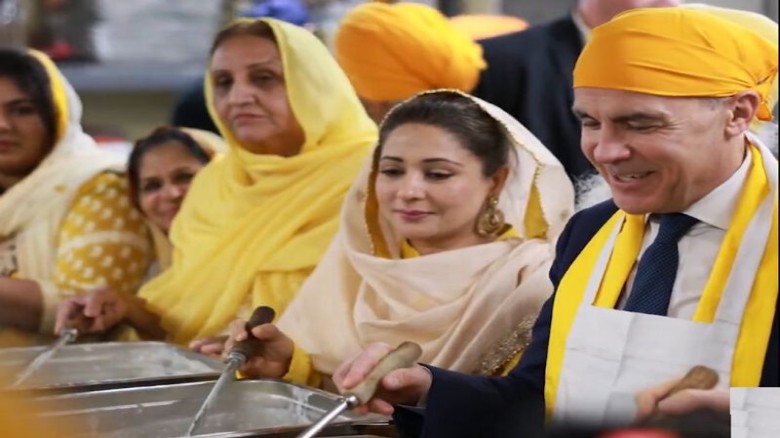










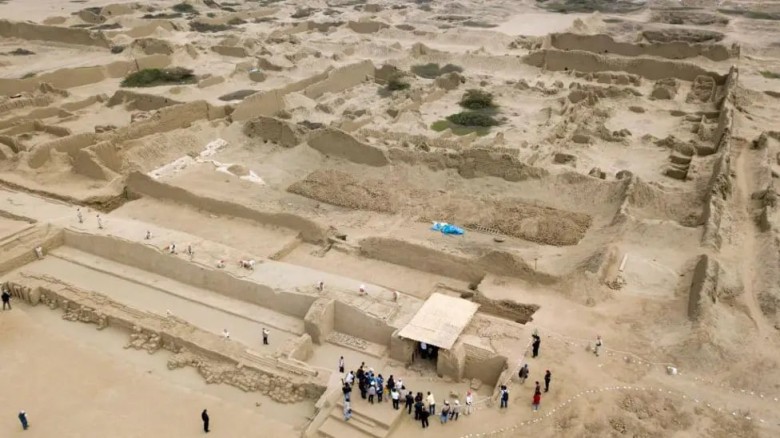
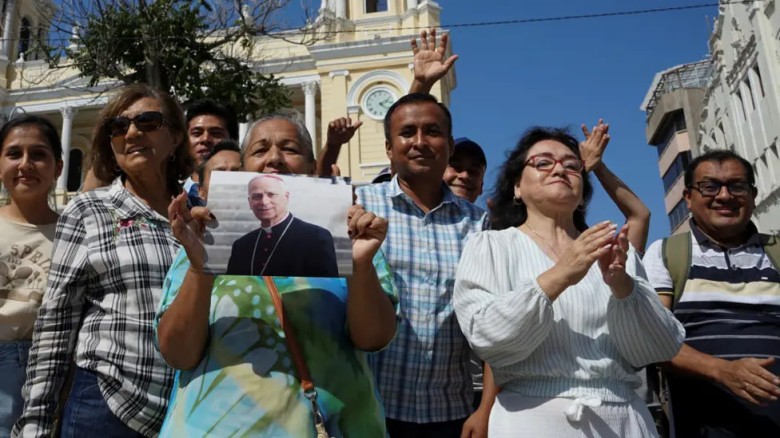


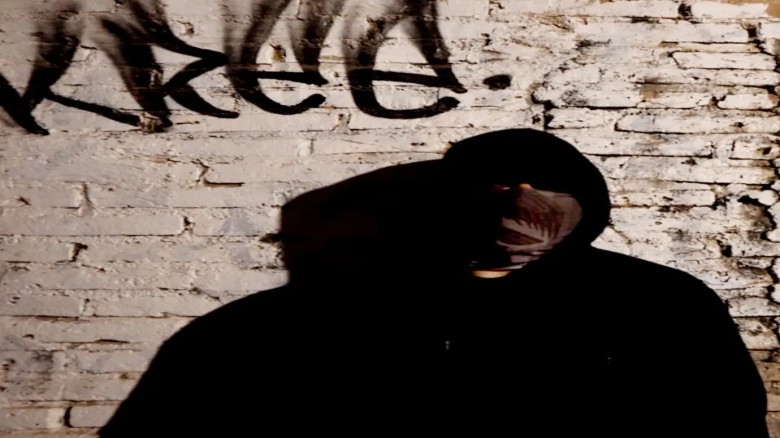











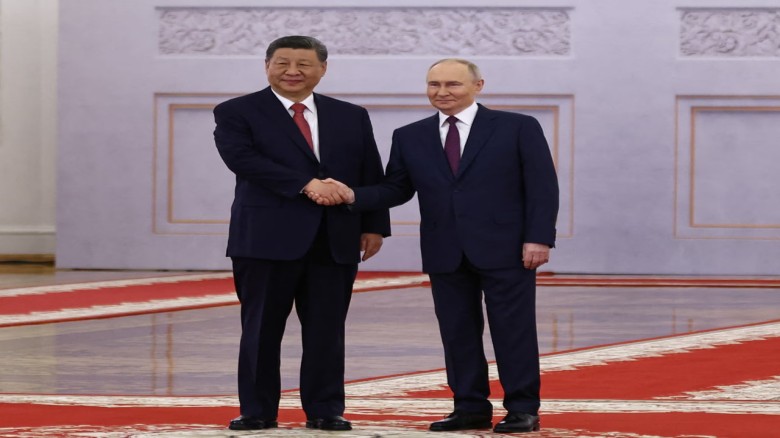













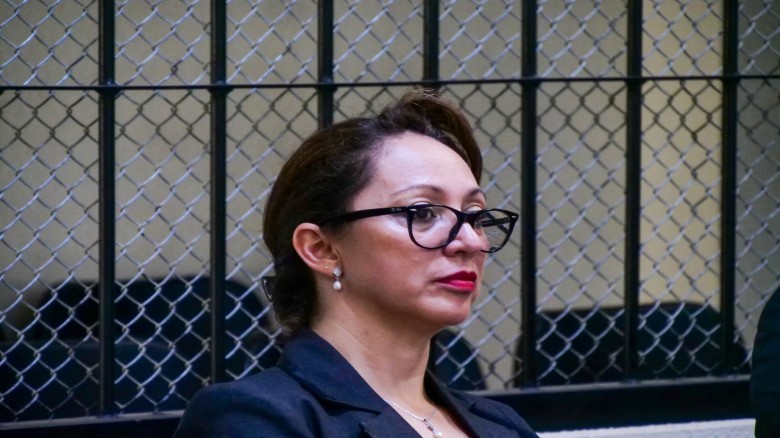

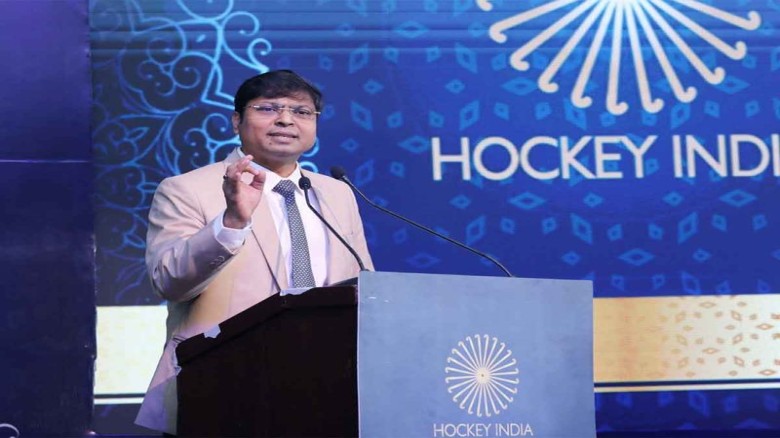










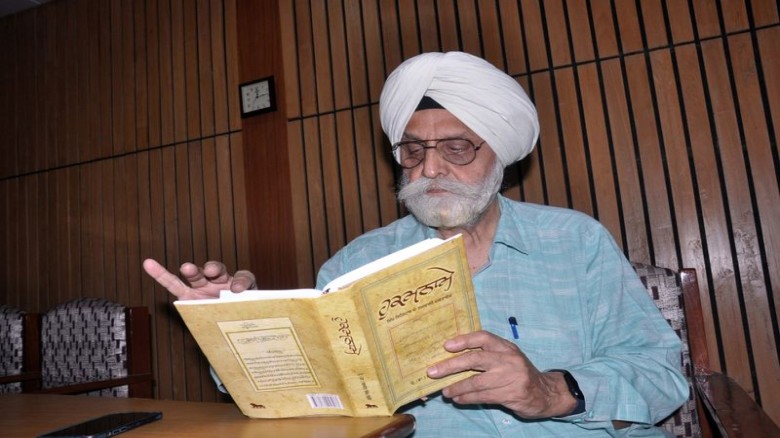


Leave A Comment